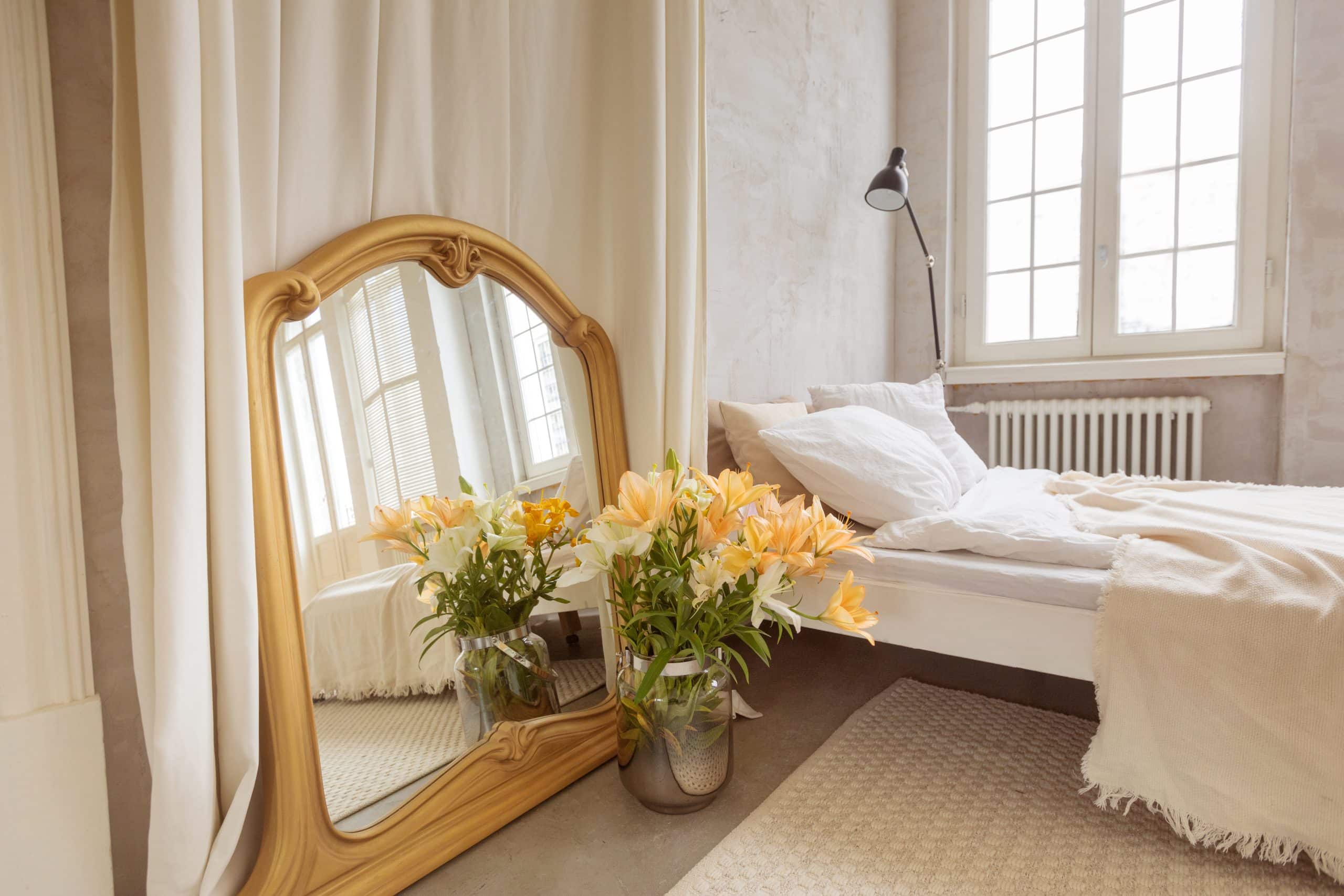How to Design an Elegant Yet Functional Space for Formal Dining?

Dining rooms are often the heart of a house, uniting families and friends over a shared meal. A well-designed dining space should be both beautiful and functional, providing a welcoming and comfortable setting for formal occasions. With the right balance of furniture, style, and color, you can create a stunning dining room that is as appealing as the culinary delights you serve. Let’s delve into some design ideas that can transform your room into a formal dining space that exudes elegance and charm.
The Importance of a Proper Dining Table
Your dining table is the centerpiece of the room. It sets the tone for the entire space and can make or break the aesthetic you’re striving to achieve. When selecting a dining table, you need to consider the size, shape, and style that will best suit your room.
Dans le meme genre : How to Build a Simple and Effective Compost Bin for a Small Garden?
Most importantly, make sure the table is the right size for your room. An oversized table can make the space feel cramped, while a small table might look out of place in a large room. As a rule of thumb, there should be enough space around the table for everyone to move around comfortably.
The shape of your table is also crucial. Rectangular tables are an excellent choice for large rooms, whereas round tables can create a more intimate setting. The table’s style should harmonize with the overall interior design of the room. A sleek, modern table might look out of place in a traditional dining room, and vice versa.
Avez-vous vu cela : How to Optimize a Balcony for Urban Farming Practices?
Choosing the Right Chairs
Chairs are another important element in your formal dining room design. They not only provide comfort for your guests but also add to the overall aesthetic of the room. When selecting chairs, consider their style, comfort, and durability.
Look for chairs that match the style of your table and the rest of your dining room decor. If you have a modern table, opt for chairs with clean lines and minimalistic design. For a traditional or vintage table, choose chairs with intricate details.
Comfort should not be compromised in the pursuit of style. Ensure that the chairs are comfortable to sit in for extended periods. The chairs should also be sturdy and durable to withstand regular use.
Incorporating Effective Lighting
Lighting plays a crucial role in setting the mood in your dining room. A well-lit dining room can create a warm and inviting atmosphere, making meal times more enjoyable.
Chandeliers are a popular choice for formal dining rooms. They add a touch of elegance and sophistication and can be a focal point in the room. Pendant lights are another great option. They come in a variety of styles and can be hung at varying heights for visual interest.
Remember to incorporate multiple lighting sources in your room. In addition to a central light fixture, consider adding wall sconces or table lamps to provide soft, ambient lighting. Dimmer switches are also a good idea as they allow you to adjust the brightness according to the time of day and the occasion.
The Power of Color and Decor
Color has the power to transform a space. It can create a specific mood, add character, and tie together all elements of your design. For a formal dining room, consider using a sophisticated color palette. Deep hues like navy, burgundy, or forest green can add a touch of luxury. Neutral shades like beige, grey, or cream can create a calm and elegant atmosphere.
Decor can take your dining room design to the next level. Wall art can add personality and provide a visual focus for the room. Mirrors can make the room appear larger and reflect light, enhancing the room’s brightness. Table linens, candles, and flower arrangements can add a touch of refinement and make your dining experience more special.
Integrating the Dining Room into Your Kitchen
For those who have an open floor plan, integrating the dining room into your kitchen can be a great way to create a cohesive and functional space. You can use similar colors, materials, and styles to create a seamless transition between the two areas.
Consider using a kitchen island as a divider between the two spaces. You could also add a bar or buffet table for extra storage and serving space.
Ultimately, designing a formal dining room involves careful planning and attention to detail. With the right furniture, lighting, colors, and decor, you can create a stunning dining space that is both elegant and functional. So, go ahead and start planning your dream dining room today.
The Impact of Flooring and Window Treatment
Flooring and window treatments may not be the first things that come to mind when thinking about dining room design, but they significantly impact the overall look and feel of the space. Choosing the right flooring and window treatments can enhance the elegance and functionality of your formal dining room.
When selecting flooring, remember it needs to be durable as it would be exposed to heavy foot traffic, spills, and occasional furniture drags. Hardwood floors are a timeless choice for dining rooms. Their inherent elegance makes them an excellent fit for formal dining spaces. However, they require regular maintenance. Alternatives like tiles and laminate are durable, easier to clean, and come in various designs that can mimic the look of real wood.
As for window treatments, consider the amount of natural light your dining room gets. If your room receives plenty of natural light, embrace it with sheer curtains that diffuse light and create a soft, warm glow. For rooms that get direct sunlight, opt for light-filtering shades or blinds that allow you to control the light intensity. The style of your window treatments should also match your overall interior design. Use elegant drapes for a traditional dining room, or sleek blinds for a modern dining space.
Balancing Functionality and Aesthetics
When designing a formal dining room, it’s essential to strike a balance between functionality and aesthetics. While you want your space to be visually appealing, it also needs to be practical and serve its main purpose – hosting memorable meals.
Consider the flow of the space. There should be enough room for people to move around easily, especially when serving food or clearing the table. Make sure the dining table and chairs are appropriately sized for the room and comfortable for extended dining.
Storage is also a crucial aspect of a functional dining room. Sideboards, buffets, or china cabinets can provide ample space for storing tableware, linens, and other dining essentials. They also serve as additional surfaces for food presentation during formal dinners.
Finally, it’s important to create a warm and inviting atmosphere. Incorporate different lighting sources to set the mood, use colors that reflect your style, and add personal touches with decor. Remember, your dining room is not just a place to eat, but a space where memorable conversations and connections are made.
Conclusion
Creating an elegant yet functional formal dining room involves careful consideration of various elements. From selecting the right dining table and chairs to deciding on the appropriate lighting and decor, each decision plays a crucial role in shaping the room’s overall look and feel. Moreover, elements like flooring and window treatment, often overlooked, can significantly enhance the room’s aesthetic appeal.
Remember, the most stunning dining rooms aren’t just visually appealing, but they are also practical and serve their function effectively. As you embark on your dining room design journey, keep in mind that the ultimate goal is to create a space that facilitates memorable dining experiences and resonates with your personal style. The journey may be intricate and detailed, but the result—a dining room that is uniquely yours—will definitely be worth it. So go ahead, let your creativity flow and start planning your dream dining room today.
